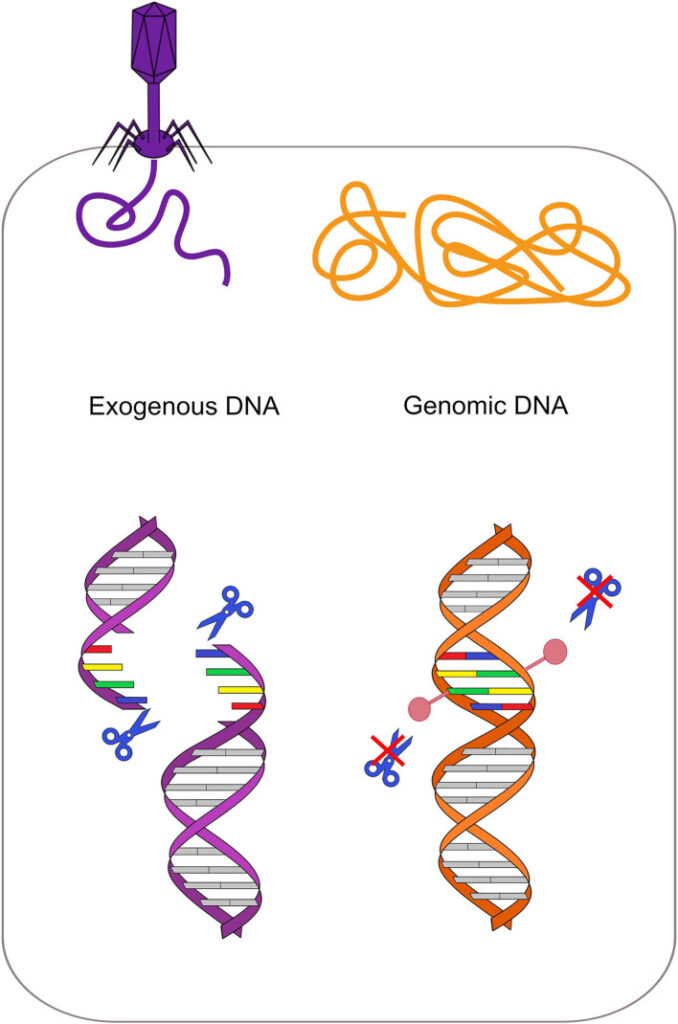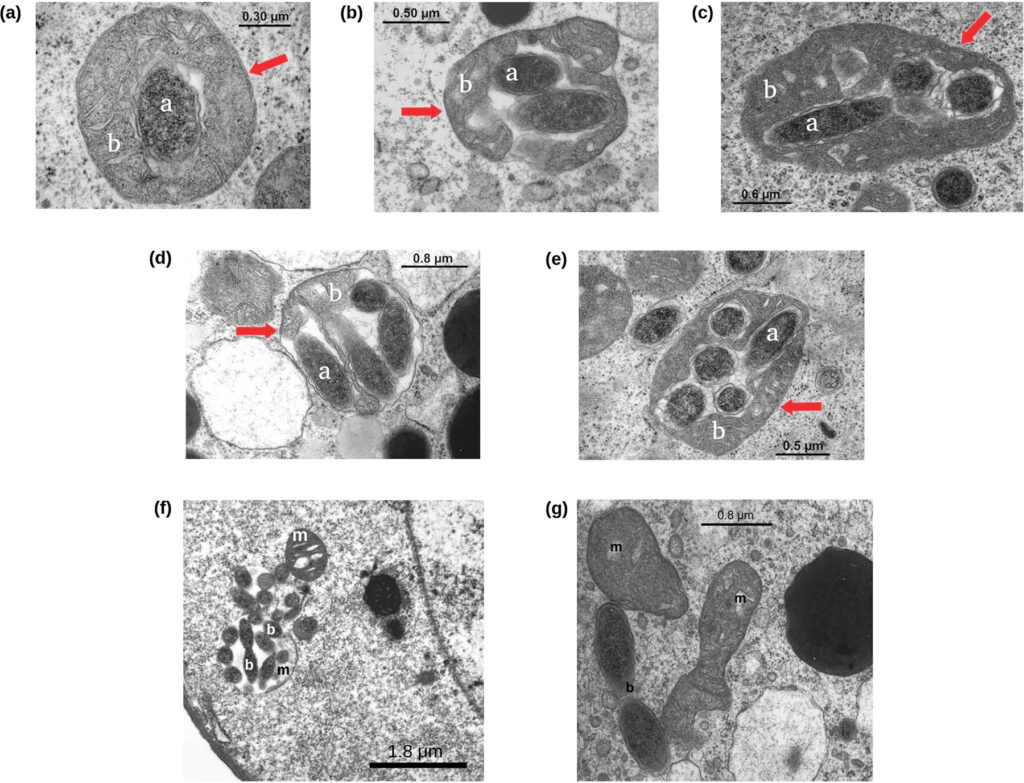
A picture on the evolution of Serratia marcescens
by Lodovico Sterzi
In bacterial species we often observe a remarkable genetic diversity, with the presence of clear distinct genetic clusters. The view on how these genetic clusters are formed and maintained (i.e. speciation models) initially focused mostly on the interaction between mutations, selection and ecological divergence. These forces create a dynamic equilibrium where new lineages continuously emerge by mutation and compete for the same ecological niche, until one eventually out-competes the others…

Microbial epigenetics adds a piece to the puzzle of antibiotic resistance
by Stella Papaleo
The word “epigenetics” makes us always think about Eukaryotes, where this topic is extensively studied, but these DNA bases modifications concern also the microbial world, with important effects also on antibiotic resistance. Our poor knowledge of bacterial epigenetics is due mostly to its need for different methods of study compared to eukaryotic methylation, and because the suitable techniques are quite recent and very expensive. Anyway, when I joined the SkyNet group, we started to discuss the impact of bacterial epigenetics on many aspects of microbial physiology and, again, about its relation with antibiotic resistance. …

The life cycle of Midichloria mitocondrii, a so interesting still open biological question
by Francesco Comandatore
During my master thesis period I worked on the genome assembly, annotation and phylogenomics of Midichloria mitochondrii, the first described intra-mitochondrial bacterium. M. mitochondrii is probably one of the most intriguing bacteria I ever met: it lives within the mitochondria of the oocytes of the hard tick Ixodes ricinus, occupying the space between the two membranes of the organelle. Surprisingly, the analysis of the M. mitochondrii genome led us to understand something important about the origin of mitochondria more than the evolution of the bacterium itself …